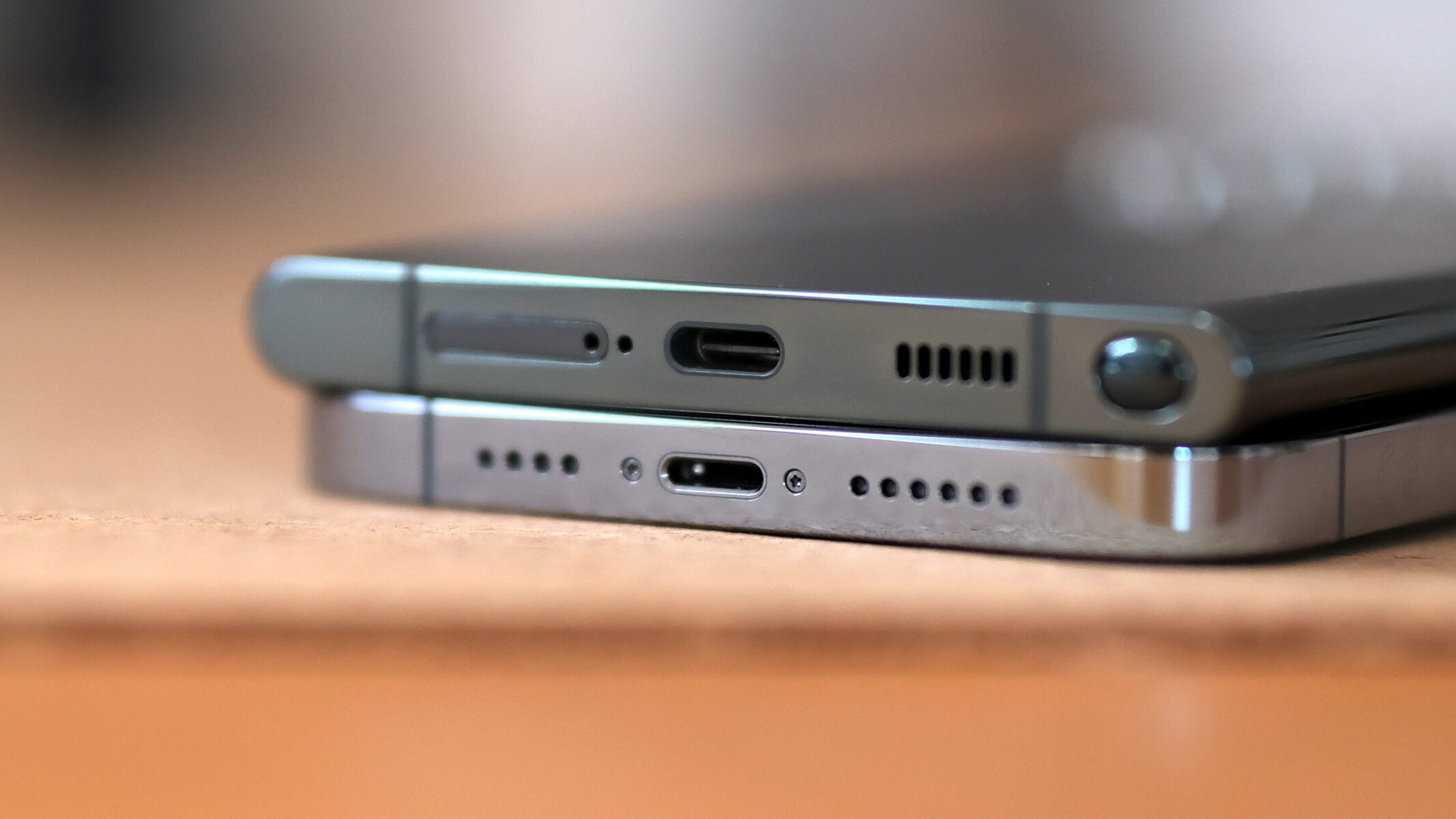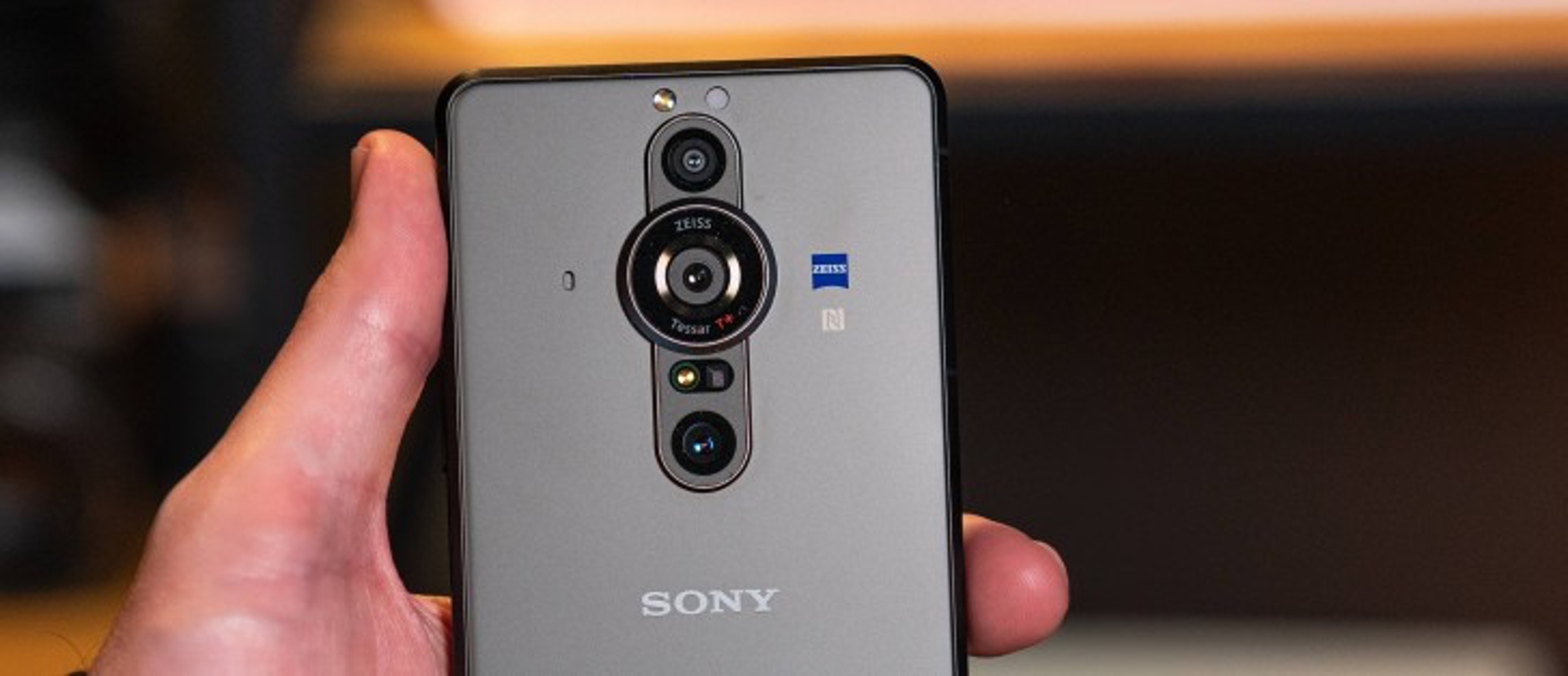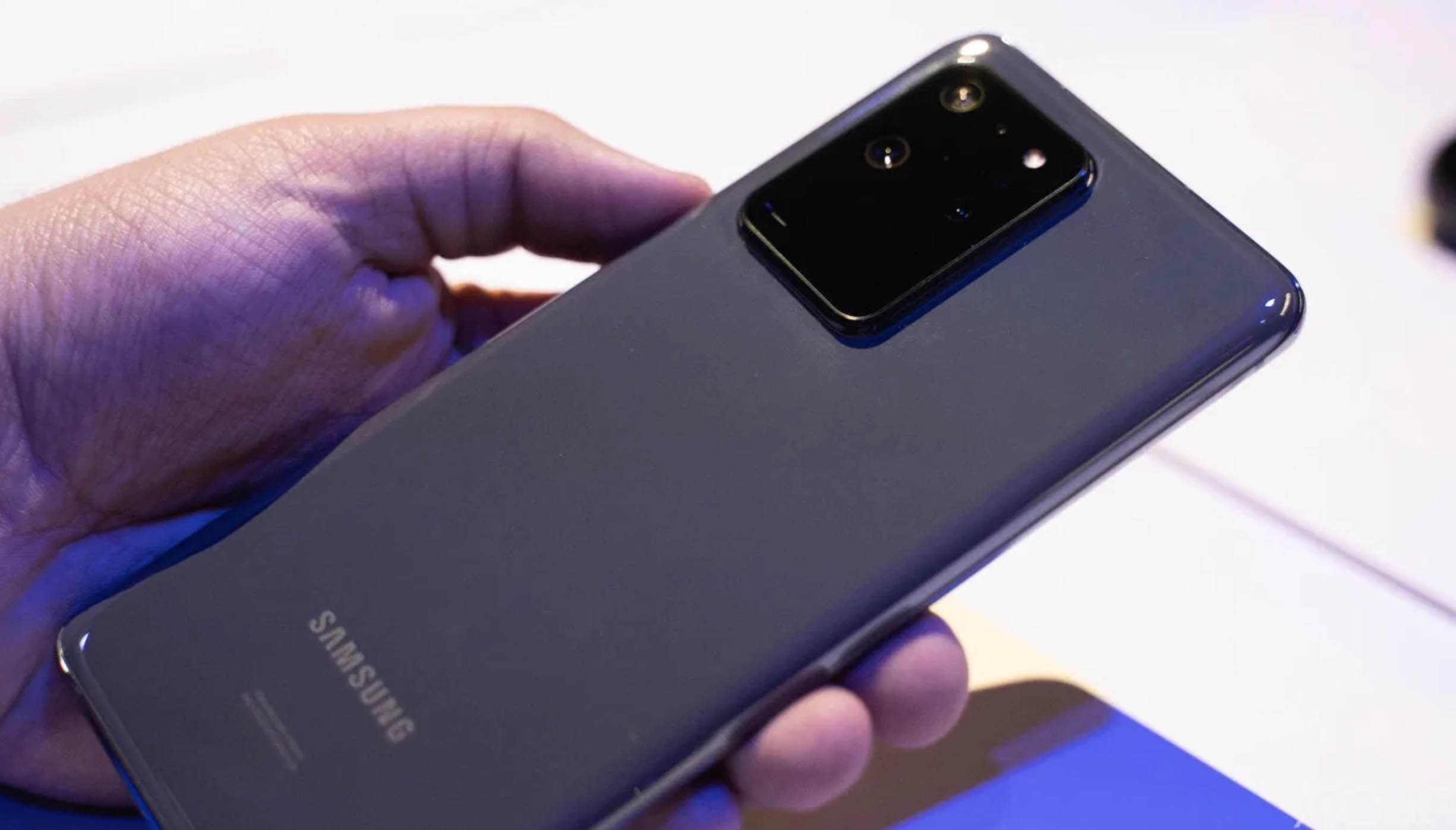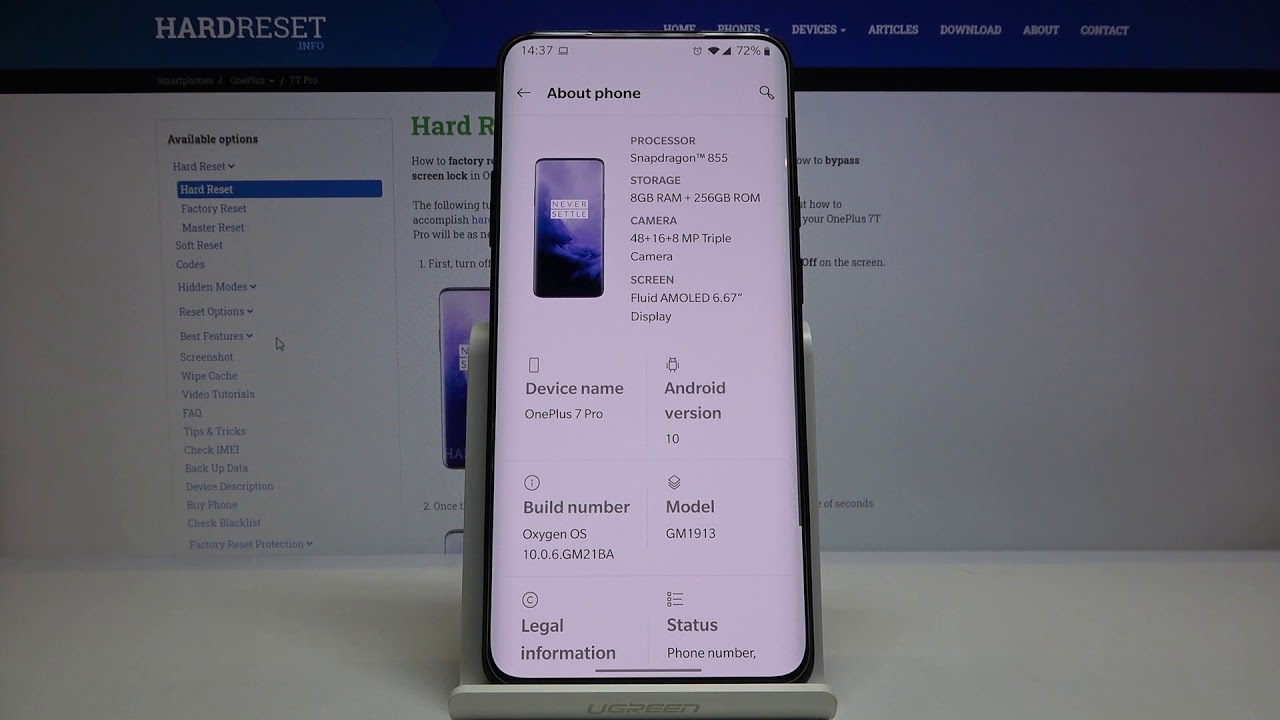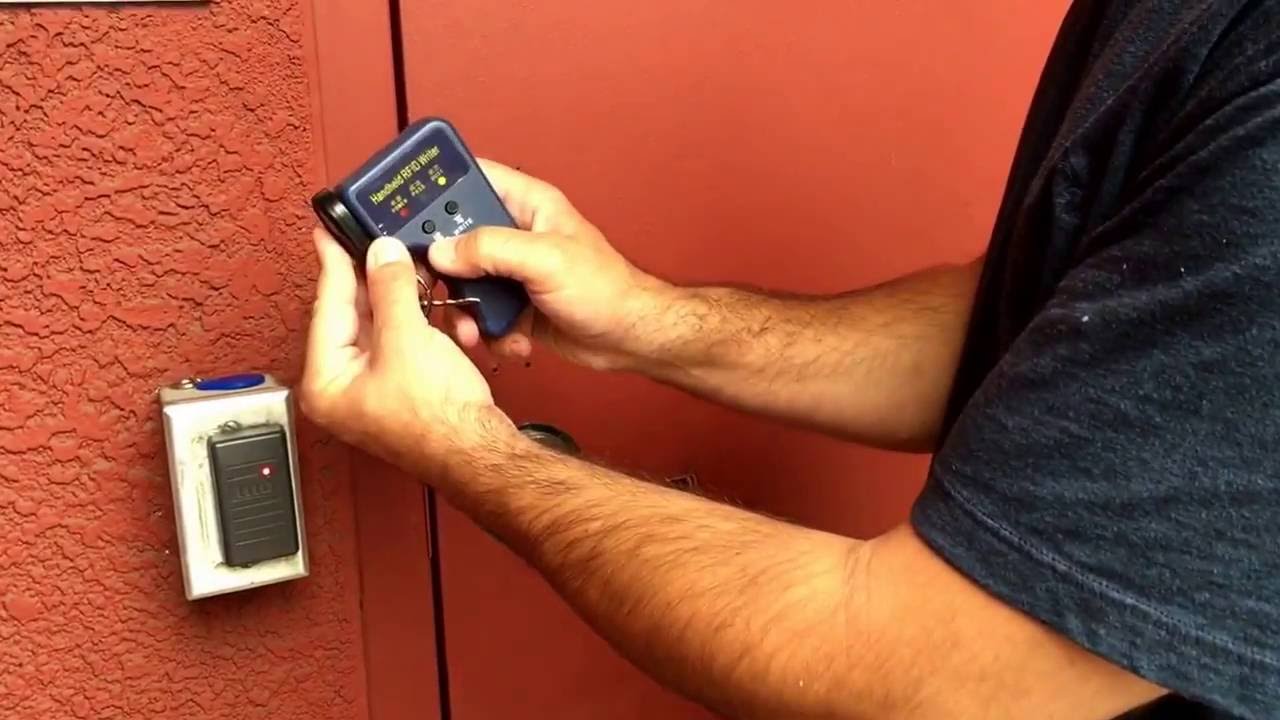Introduction
Smartphones have become an essential part of our lives, connecting us to the world and serving as our go-to device for communication and entertainment. With numerous smartphone models available in the market, it is vital to ensure that the device you purchase is genuine and not a counterfeit or refurbished unit. Checking the originality of a smartphone is crucial to avoid potential issues such as poor performance, compromised security, and lack of warranty and after-sales support.
Knowing how to check smartphone originality can save you from falling victim to fraudulent sellers and ensure that you get the authentic product that meets your expectations. This article will guide you through the essential steps to verify the originality of a smartphone, allowing you to make an informed purchase decision.
By taking the time to authenticate the smartphone, you can protect your investment and have peace of mind knowing that you have a genuine product. These methods will help you determine if the device is brand new, free from defects, and supported by the manufacturer. Let’s delve into the various ways to check smartphone originality.
Authenticate with Manufacturer
One of the most reliable methods to check the originality of a smartphone is to authenticate it with the manufacturer. Each reputable smartphone brand has its own dedicated support channels that can assist you in verifying the authenticity of your device. Start by visiting the official website of the smartphone manufacturer.
Look for a dedicated support section or contact information where you can reach out to the manufacturer directly. Send them the details of your device, such as the model number, serial number, and any other unique identifiers they may request. The manufacturer’s customer support team will be able to verify the legitimacy of your smartphone and provide you with information regarding its warranty and support.
It is worth mentioning that some manufacturers provide online tools or mobile applications that allow you to enter the device’s details, such as the IMEI (International Mobile Equipment Identity) number, to validate its authenticity. This can be a convenient and quick way to check whether your smartphone is genuine or not.
Remember, manufacturers have extensive knowledge about the devices they produce and can quickly identify if a smartphone is original or fake. Their expertise in quality control and production standards makes them the most trustworthy source for authenticating your smartphone.
Keep in mind that contacting the manufacturer might require some effort and time, but it is a crucial step to ensure the originality of your smartphone. By going directly to the source, you can eliminate any doubts and enjoy your device with confidence.
Check the Manufacturer’s Website
Another effective method to verify the originality of a smartphone is to thoroughly examine the manufacturer’s website. Most reputable smartphone brands have official websites that provide detailed information about their products, including specifications, pricing, and authorized retailers. By carefully reviewing the manufacturer’s website, you can gather valuable insights into the authenticity of the smartphone you are considering.
Start by visiting the official website of the smartphone manufacturer and navigate to the section that showcases the specific model you are interested in. Take note of the design elements, features, and specifications mentioned on the website. Counterfeit or fake smartphones often have slight variations in the design, specifications, or even the brand logo, which may be noticeable when comparing them to the authentic product images available on the manufacturer’s website.
Additionally, look for any information about authorized retailers or sellers that the manufacturer has partnered with. Genuine smartphones are typically distributed through authorized channels to ensure quality and customer satisfaction. The manufacturer’s website may have a list of authorized retailers or a search tool to help you find genuine sellers in your region.
It is also worth checking if the manufacturer has any official certification or authenticity seals that are present on the packaging or the device itself. These seals indicate that the smartphone has undergone rigorous quality checks and meets the manufacturer’s standards.
By carefully examining the manufacturer’s website and cross-referencing the information provided with the smartphone you are considering, you can gain valuable insights into its authenticity. The website serves as an official source of information and provides a reliable reference point to determine if the smartphone is genuine or counterfeit.
Verify the IMEI Number
The IMEI (International Mobile Equipment Identity) number is a unique identifier assigned to each mobile device. It serves as a digital fingerprint for your smartphone and can be used to verify its authenticity. Checking the IMEI number is an essential step in ensuring that the smartphone you are considering is genuine.
To find the IMEI number, you can dial *#06# on your smartphone’s keypad, and the IMEI number will be displayed on the screen. Take note of this number as it will be crucial for the verification process.
Once you have the IMEI number, you can use various online tools and databases to verify its authenticity. There are plenty of websites and apps that allow you to enter the IMEI number and check if it corresponds to the model and brand of the smartphone you have. These tools can also provide additional information such as the device’s warranty status, manufacturing date, and any reported issues or theft-related records associated with the IMEI number.
When using an online tool or database to verify the IMEI number, ensure that you are using a reliable and reputable source. Stick to official websites or well-known IMEI checking services to obtain accurate and trustworthy results.
It is important to note that if the IMEI number comes up as invalid or appears in a different model or brand, it could indicate that the smartphone is a counterfeit or has been tampered with. In such cases, it is best to reconsider your purchase and seek out a genuine device.
Verifying the IMEI number is a convenient and effective way to confirm the originality of a smartphone. It provides you with valuable information about the authenticity and history of the device, allowing you to make an informed purchase decision.
Check the Packaging
The packaging of a smartphone can provide valuable clues about its originality. Counterfeit or fake smartphones often have packaging that differs from the genuine product. By carefully inspecting the packaging, you can assess whether the smartphone is authentic or counterfeit.
Start by examining the box for any signs of poor quality, such as flimsy materials, uneven printing, or spelling errors. Genuine smartphones are usually packaged in high-quality boxes with precise printing and accurate branding.
Pay attention to the brand logos, color schemes, and fonts used on the packaging. Counterfeit smartphones may have slight variations in the branding elements or use inferior quality printing techniques, which can be noticeable upon close inspection.
Look for any security seals or stickers on the box that indicate the smartphone has not been tampered with. Manufacturers often apply tamper-evident seals on the packaging to ensure the integrity of the product. These seals should be intact and show no signs of tampering or reapplication.
Check if the packaging includes important documentation such as the user manual, warranty card, and other informational materials. Genuine smartphones typically come with well-printed, professionally bound manuals and warranty cards, showcasing the manufacturer’s attention to detail.
Comparing the packaging with official product images available on the manufacturer’s website or authorized retailer sites can also help you identify any discrepancies. Look for any visual differences in the design, layout, or included accessories.
Always remember that counterfeiters can be adept at replicating packaging, so it is essential to pay attention to the minute details and quality. If you notice any inconsistencies, it is best to proceed with caution or seek out a trusted retailer or authorized seller to ensure the authenticity of the smartphone.
Checking the packaging is a crucial step in the process of verifying smartphone originality. It allows you to assess the quality and consistency of the packaging materials, branding, and documentation, providing valuable insights into the authenticity of the device.
Inspect the Build Quality
The build quality of a smartphone is an important factor to consider when verifying its originality. Genuine smartphones are typically built with precision and attention to detail, while counterfeit or fake devices often exhibit subpar construction. By inspecting the build quality of the smartphone, you can determine its authenticity.
Start by examining the materials used in the construction of the device. Genuine smartphones are usually made with high-quality materials, such as durable metals, premium plastics, or tempered glass. Counterfeit devices may use inferior materials that feel cheap or lightweight.
Inspect the seams, joints, and edges of the smartphone. Genuine devices have well-finished edges and smooth, consistent seams without any visible gaps or misalignments. Counterfeit smartphones, on the other hand, may have rough edges, uneven seams, or gaps between different parts of the device.
Pay attention to the buttons, switches, and connectors on the smartphone. Genuine devices have buttons that feel solid and responsive, with a consistent click. Counterfeit smartphones may have buttons that feel loose, sticky, or have inconsistent feedback. Similarly, the connectors on genuine devices fit securely and provide a stable connection, whereas counterfeit devices may have connectors that feel loose or do not fit properly.
Check the overall weight of the smartphone. Genuine devices tend to have a substantial weight due to the quality materials used, while counterfeit devices may feel lighter or flimsier.
Examine the display of the smartphone for any imperfections or inconsistencies. Genuine smartphones have high-quality displays with vibrant colors, sharp resolution, and even brightness. Counterfeit devices may exhibit lower display quality, such as washed-out colors, pixelation, or uneven backlighting.
Finally, consider the overall fit and finish of the smartphone. Genuine devices undergo rigorous quality control processes and have a polished, professional appearance. Counterfeit devices may have rough edges, uneven surfaces, or inconsistent branding.
Inspecting the build quality of a smartphone can provide valuable insights into its authenticity. By paying attention to the materials, seams, buttons, connectors, weight, display quality, and overall fit and finish, you can assess the originality of the device and ensure that you are purchasing a genuine smartphone.
Examine the Software
Examining the software of a smartphone is another important step in verifying its originality. Genuine smartphones typically come with manufacturer-approved operating systems and software, while counterfeit devices may have modified or counterfeit software installed. By inspecting the software, you can gain insights into the authenticity of the smartphone.
Start by checking the user interface and icons on the smartphone. Genuine devices often have a clean and familiar interface, with well-designed icons. Counterfeit smartphones may have inconsistencies in the layout, icons, or overall user experience, indicating the presence of unauthorized or modified software.
Verify if the pre-installed apps on the smartphone match the expected apps for the model and brand. Genuine devices come with a selection of pre-installed apps that are typically associated with the manufacturer or the operating system. Counterfeit devices may have a different set of apps or include unrelated or suspicious apps.
Update the software on the smartphone to the latest version, if possible. Genuine devices receive regular software updates from the manufacturer to improve performance, security, and add new features. Counterfeit devices may not receive official updates or may have modified software that cannot be updated without causing issues.
Check the settings menu of the smartphone for any indications of counterfeit software or modified settings. Look for any unfamiliar or suspicious options that are not typically present on genuine devices.
Ensure that the smartphone has all the standard features and functionality expected from the model and brand. Genuine devices are designed to offer a consistent experience with all the advertised features. Counterfeit devices may lack certain features or have limited functionality.
Another crucial aspect to consider is the presence of bloatware or unnecessary apps on the smartphone. Genuine devices often have minimal pre-installed apps, while counterfeit devices may come loaded with unauthorized or unnecessary software that cannot be removed.
By examining the software on the smartphone, you can gain valuable insights into its authenticity. Paying attention to the user interface, pre-installed apps, software updates, settings menu, features, and the presence of bloatware can help you determine if the smartphone is genuine or a counterfeit.
Compare with Known Authentic Devices
Comparing the smartphone you are considering with known authentic devices can provide helpful clues about its originality. By visually inspecting and comparing the smartphone to genuine devices, you can identify any discrepancies or inconsistencies that may indicate a counterfeit.
If possible, visit an authorized retailer or a trusted friend who owns the same model of the smartphone. Examine the physical appearance, design elements, and overall build quality of both devices side by side. Look for any variations in the shape, dimensions, color, or texture that may suggest a counterfeit.
Compare the placement and quality of buttons, ports, and connectors on both devices. Genuine devices often have precise and consistent button placement, with well-fitted ports and connectors. Counterfeit devices may have slight differences or lower-quality button placement and connectors.
Inspect the display of both devices, comparing the brightness, color accuracy, viewing angles, and overall visual quality. Counterfeit smartphones may have noticeable differences in display quality, such as lower resolution, poor color reproduction, or distorted viewing angles.
Consider the performance and user experience of both devices. Genuine smartphones typically offer smooth performance, seamless app transitions, and reliable functionality. Counterfeit devices may exhibit slower performance, laggy app behavior, or inconsistent functionality.
Additionally, compare the software and user interface of both devices. Genuine smartphones have a clean and polished user interface, with well-designed icons, consistent layouts, and easy navigation. Counterfeit devices may have modified or inconsistent software, leading to differences in the user interface.
If you are unable to compare with a known authentic device, you can rely on official product images available on the manufacturer’s website or authorized retailer sites. Analyze the images and compare them to the smartphone you are considering. Look for any discrepancies in design, branding, button layout, and overall appearance.
Comparing the smartphone with known authentic devices provides a valuable reference point to identify any inconsistencies or irregularities in its physical appearance, design, display, performance, software, and overall user experience. It is an effective way to assess the originality of the device and make an informed purchasing decision.
Watch for Warning Signs
When checking the originality of a smartphone, it is important to be aware of warning signs that may indicate the device is not genuine. By being vigilant and watching for these red flags, you can avoid falling victim to counterfeit or fake smartphones.
One of the warning signs to watch for is a significantly lower price compared to the market value of the smartphone. If the deal seems too good to be true, it could indicate that the device is a counterfeit or refurbished unit sold at a discounted price.
Pay attention to the seller’s reputation and credibility. Buy from trusted retailers or authorized sellers to reduce the risk of purchasing a counterfeit smartphone. Be cautious when buying from individuals or online platforms where the authenticity of the device cannot be thoroughly verified.
Check for any inconsistencies in the branding, logos, or labels on the smartphone. Counterfeit devices may have slight variations or inaccuracies in the branding elements that can be detected upon close inspection.
Be wary of smartphones that come with missing or incomplete accessories. Genuine devices typically include all the necessary accessories such as chargers, cables, earphones, and user manuals. Counterfeit devices may lack some or all of these accessories or include generic, low-quality alternatives.
Consider the warranty offered with the smartphone. Genuine devices usually come with a manufacturer’s warranty that provides after-sales support and coverage for any manufacturing defects. Counterfeit devices may lack a warranty or come with a limited or invalid warranty.
Observe the behavior of the smartphone during initial setup or usage. Counterfeit devices may exhibit unusual or erratic behavior, such as frequent crashes, slow performance, or unexpected errors. Pay attention to any signs of poor build quality, such as creaking or loose components.
Look for any signs of tampering or resealing of the smartphone. Counterfeit devices may have tampered packaging or signs of opening, such as glued or mismatched seams, or traces of adhesive.
Trust your instincts and if something feels off or suspicious about the smartphone or the transaction, it is best to reconsider your purchase. Do not hesitate to ask questions or seek additional information from the seller or manufacturer to alleviate any doubts.
By watching for warning signs and staying alert during the verification process, you can minimize the risk of purchasing a counterfeit smartphone. Trustworthy and authentic smartphones provide the assurance of performance, quality, and after-sales support that counterfeit devices cannot offer.
Get Professional Help if in Doubt
If you are still unsure about the originality of a smartphone after following the previous verification steps, it is advisable to seek professional help. Getting assistance from experts or professionals in the field can provide you with a more accurate assessment of the device’s authenticity.
One option is to take the smartphone to an authorized service center or a trusted technician who specializes in smartphone repairs and diagnostics. These professionals have experience working with genuine devices and can quickly identify any signs of a counterfeit or fake smartphone.
Authorized service centers are also equipped with the necessary tools and resources to perform in-depth inspections, including identifying counterfeit parts or modifications that may be difficult to detect with the naked eye.
Another option is to consult independent smartphone authentication services or experts who specialize in verifying the originality of devices. These professionals have extensive knowledge and expertise in identifying counterfeit smartphones and can provide you with a comprehensive assessment.
While seeking professional help may require additional time and expense, it can provide you with peace of mind and certainty about the authenticity of the smartphone. It is a worthwhile investment, especially when purchasing an expensive or high-end device.
When seeking professional assistance, ensure that you approach reputable and trusted service centers, technicians, or authentication services. Look for certifications, positive customer reviews, or recommendations from trusted sources to ensure the credibility and reliability of the professionals you choose to consult.
Remember, if the professionals confirm that the smartphone you are considering is indeed a counterfeit, it is best to refrain from purchasing it to avoid potential issues and disappointment. Instead, explore other options to find a genuine smartphone that meets your requirements.
Getting professional help can be the final step in verifying the originality of a smartphone. With their expertise and specialized knowledge, professionals can provide you with an accurate assessment and help you make an informed decision.
Conclusion
Verifying the originality of a smartphone is crucial in ensuring that you invest in a genuine and reliable device. By following the steps outlined in this article, you can minimize the risk of purchasing counterfeit or fake smartphones.
Start by authenticating the smartphone with the manufacturer through their official website or customer support channels. Check for any online tools or databases that allow you to verify the IMEI number and gather information about the device’s authenticity.
Thoroughly examine the packaging, ensuring it is of high quality and includes all the necessary documentation. Inspect the build quality of the smartphone, checking for any inconsistencies, rough edges, or poor materials.
Examine the software, comparing it to known authentic devices or official product images. Watch for warning signs such as significantly low prices, inconsistencies in branding, missing accessories, or unusual behavior.
If you still have doubts about the originality of the smartphone, seek professional help from authorized service centers, technicians, or smartphone authentication experts. Their expertise can provide a more accurate assessment and help you make an informed decision.
Remember, purchasing a counterfeit smartphone can lead to various issues such as poor performance, compromised security, and lack of warranty or after-sales support. Investing in a genuine smartphone ensures that you get the desired performance, features, and customer service that come with genuine devices.
By being diligent, observant, and following these verification steps, you can confidently purchase a genuine smartphone and enjoy all the benefits it has to offer.







